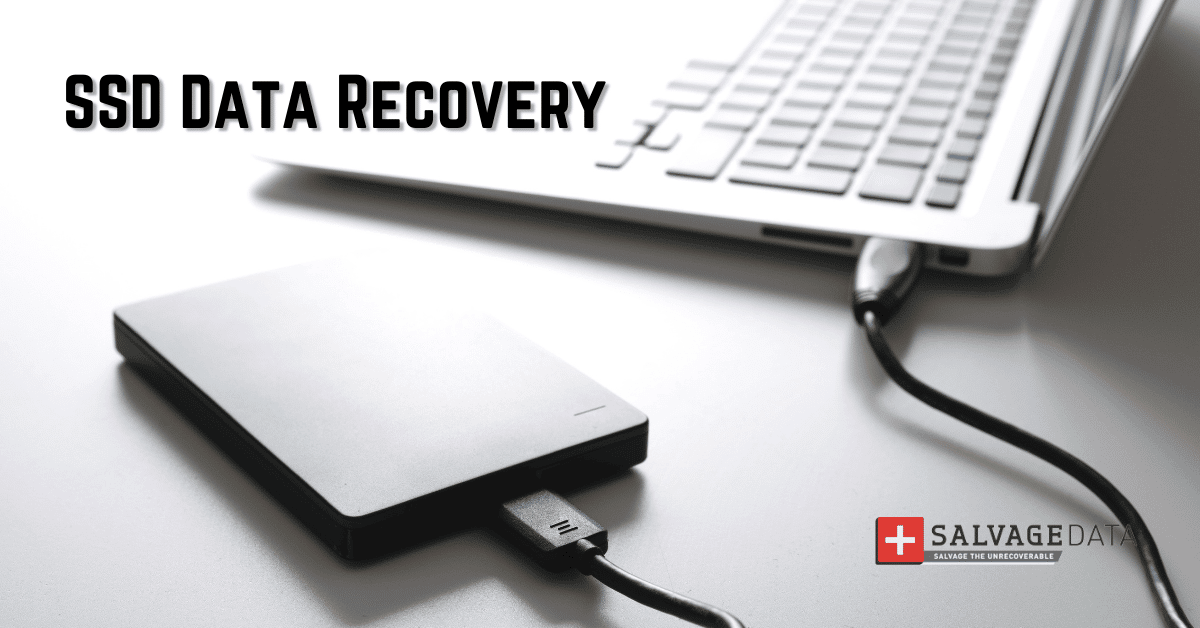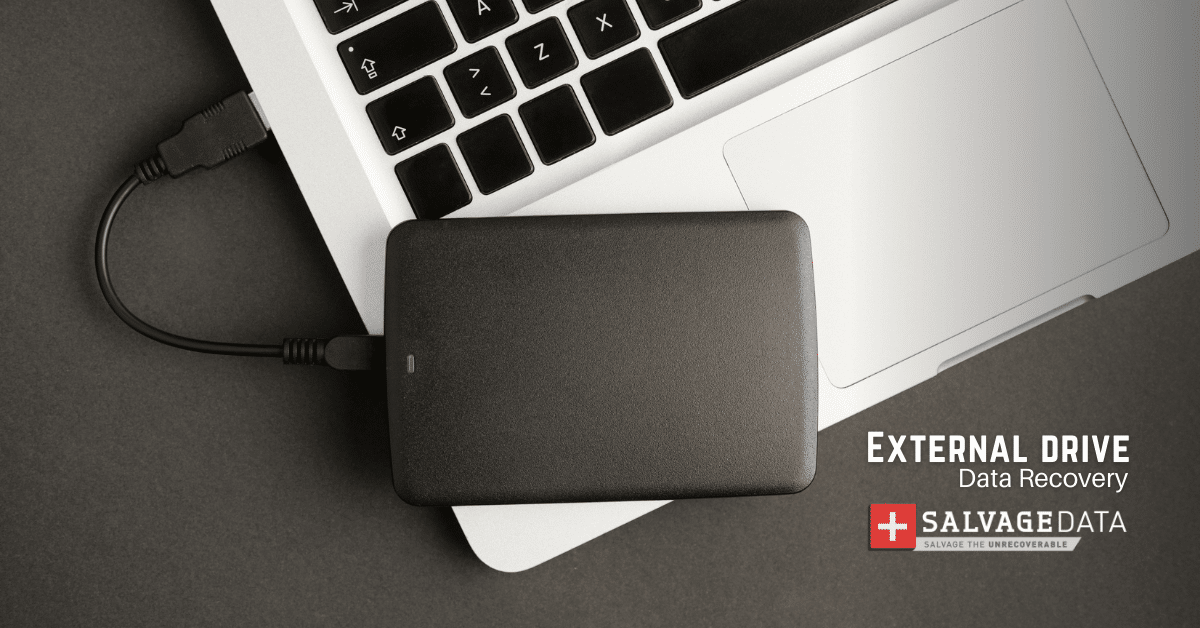Recent Articles
How To Recover Overwritten Files
The Snowflake Data Breach: A Comprehensive Overview
Mac Not Recognizing External Hard Drive: Quick Fix Solutions
How Multi-Cloud Backup Solutions Can Prevent Data Disasters
Capibara Ransomware: What is it & How to Remove
What Should a Company Do After a Data Breach: The Ticketmaster Incident
Secles Ransomware: Removal Guide
What To Do When Your Chromebook Freezes
How to Create Hyper-V Backup
What Is The Best Data Recovery Software For PC

I think there's an issue with my storage device, but I'm not sure Start a free evaluation →
I need help getting my data back right now Call now (800) 972-3282
Recently, Facebook announced it discovered a security flaw that could affect as many as 50 million accounts. The security issue concerned the “view as” feature. In this feature, hackers were able to gain access to digital keys that would allow them to take over the user’s account. This digital key is similar to a pin that allows you to bypass regular log in methods. Facebook reset the keys, thus fixing the issue. However, this recent announcement should help users prepare for a possible Facebook data breach, here’s how:
Inspect Account Activity Regularly
When hackers gain access to social media accounts, they do so because they want to gain information on you and others you connect with. They can also deploy messages containing malware, and since your friends see the message as coming from you, they might be more inclined to click on the link or attachment.
However, Facebook does have a nifty tool to see who is using your account. When logging on to Facebook, go to its Security and Login page. From there select the “Where You’ve Logged In” feature. This allows you to see which devices are using your accounts as well as the location of those devices. Best of all, if there’s a device on there you don’t recognize you can simply remove its access to your account.
That said, an unrecognized device does require more follow-up on your part. A good starting point is to examine your messages to see if there are any unrecognized names, spam messages, and more. If you notice someone sending spam messages on your behalf, call or text that person to give them a warning ahead of time.
Next, you should check all the friend connections you have to see if anyone joined that group without your permission. Some hackers will give access to other digital pirates for the purposes of information gathering and malware deployment.
Once you are sure everything looks on the level, a good rule of thumb is to change your password regularly-think once every three months. To make things more manageable, you can use a password manager that will generate passwords and store them so you won’t have to remember them.
It’s important to do an account activity sweep regularly that way you can spot irregular behaviors before they become problematic.
Signs of Malware
A Facebook data breach is only one of many ways hackers can infect your device with malware. Here are some telltale signs you might have it:
- You are unable to access files
- Your device says it’s low on memory
- Your device runs much slower
- You notice spam messages sent from your personal email or social media accounts
When you notice files missing from your device, having an inspection done can help determine if there’s a problem. SALVAGEDATA offers a free device inspection where our experts will determine recovery solutions based on your situation. From there, you decide the best course of action. It’s that simple! Contact us today or visit our website to begin a case.













